- 02 9712 1736
- [email protected]
- 212 Great North Road, Five Dock, NSW 2046
- Open 7 days a week
Strength or stability, which is more important for your movement and long term health? You may be surprised to learn that decreased movement is one of the leading causes of chronic health concerns. The scientific research shows that not only does injury create short term pain and discomfort, the period of inactivity associated with an injury, leads to a physical deconditioning of your body. This deconditioning allows chronic health concern to creep in. This article explores the critical roles of both strength and stability, to help you understand how they contribute to your physical wellbeing and performance. We also explore which of the two you might want to prioritise in your training as you age.
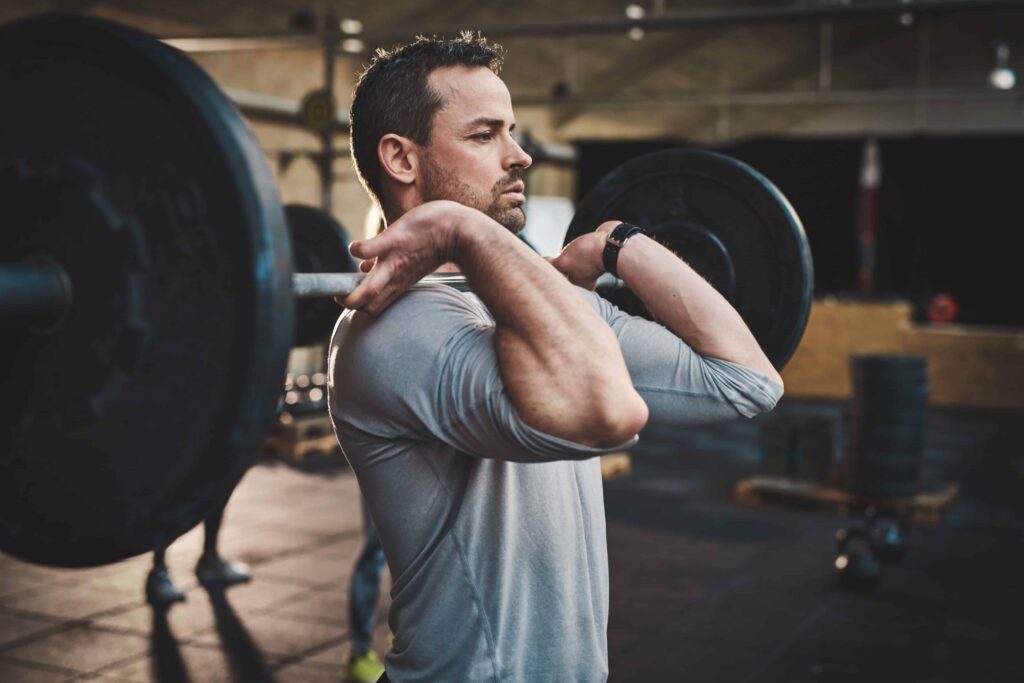
Let’s start by defining stability and strength. Stability involves coordinating the tissues surrounding a joint with the neuromuscular system to maintain your joint positioning. More simply, it is your ability to resist force and maintain control while moving. A stable position can lead to efficient movement, causing the body to work less to maintain correct posture.
Strength, in contrast, is the muscle’s ability to exert force. Resistance training, like lifting weights, enhances muscle power by opposing a weight or force. Stabilizing muscles provide a foundation for the body to perform larger, more powerful movements efficiently.
When combined, stability and strength ensure that all your body parts work together efficiently, maximizing the effectiveness of physical activities. This synergy helps prevent injuries and enhances overall performance.
Stability training offers numerous benefits, primarily enhancing the body’s ability to maintain control during various tasks. Active stabilizers, including muscles and nerves, work in tandem with passive stabilizers to maintain posture against external forces. This coordination is crucial for handling unpredictable movements and maintain varying postures.
Incorporating unstable surfaces, like stability balls or balance boards, into strength workouts can improve overall balance and function. These exercises engage smaller stabilizing muscles along with major muscle groups to enhance joint posture and movement efficiency.
Improved core stability significantly boosts movement efficiency and helps prevent injuries. For example, a runner with stable lower limb joints maintains better running technique, efficiently directing force forward.
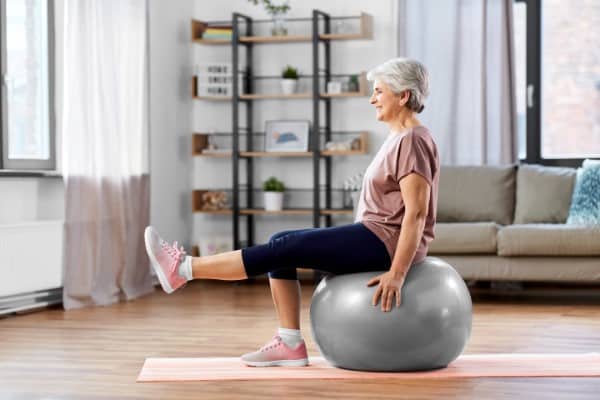
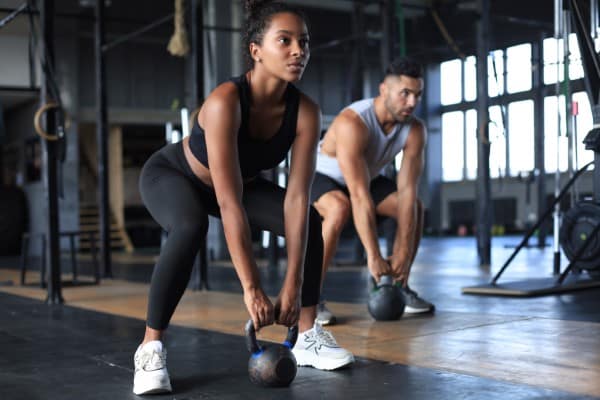
Strength training is crucial for enhancing the body’s ability to perform dynamic activities, as it increases muscle power by opposing a weight or force. Beginners can achieve optimal strength gains by training two or three times weekly.
Strengthening deeper muscles is vital for creating movement and maintaining good form. Disruptions in core stability can lead to compromised performance in strength activities. Therefore, ensuring a strong foundation of stabilizing muscles allows for larger, more powerful movements.
Resting each muscle group for at least 48 hours between workouts maximizes strength and size improvements. This method not only builds muscle but also supports overall physical and mental health.
While both stability and strength are essential for optimal athletic performance, they serve different functions. Effective stability training enhances muscle coordination and overall performance in strength training. It ensures that the body can handle unpredictable movements, reducing the risk of injury.
Conversely, focusing too much on increasing weight during strength training can lead to a loss of stability and control through specific joints or joint actions. Gradually increasing the complexity of balance and coordination exercises is essential for safely progressing in strength training.
Stability training is crucial for controlling movements, as it leads to better control during exercises. This control is vital for executing complex strength training exercises to create stability without losing form, highlighting the stability training benefits control.
Stability exercises provide a solid foundation for strength training, preparing stabilizer muscles for movement and preventing reliance on larger muscles. For example, kneeling exercises improve core stability and strength.
When prime mover muscles relax, stability muscles can function effectively. This synergy is crucial during exercises like the shoulder press, where using a single dumbbell to press alternately can enhance stability training.
Integrated movement in stability training sequences the lower and upper body in harmony, ensuring comprehensive development and supporting long-term health.

Several exercises effectively target both stability and strength. The dead bug exercise focuses on core, hip, and spinal stability, requiring controlled movement to maintain lower back contact with the floor. The airplane exercise, an advanced move, strengthens glutes and core while enhancing stability in the hips, core, and shoulders.
The plank is a foundational exercise that engages muscles from shoulders to heels, focusing on core and shoulder stability. The plank dumbbell pass-through enhances upper back and core strength while improving stability in the core, shoulders, and hips.
Incorporating these exercises into your routine significantly improves stability and strength, creating a solid foundation for all movements. Practicing these exercises builds a resilient and adaptable body capable of handling various physical demands.
Incorporating stability exercises into your workout routine helps improve balance and core strength, providing a solid foundation for all movements. Utilizing equipment like balance boards and stability balls can significantly enhance core engagement and overall balance during workouts.
A comprehensive strength training program should target various muscle groups, flexibility, and coordination to prevent imbalances. Balancing stability and strength in your exercises ensures thorough development of all joints and muscle groups, promoting long-term health.
Balancing stability and strength in your exercise program requires dedication and consistency. Integrating both elements creates a more effective and efficient exercise regimen that supports overall fitness and well-being.
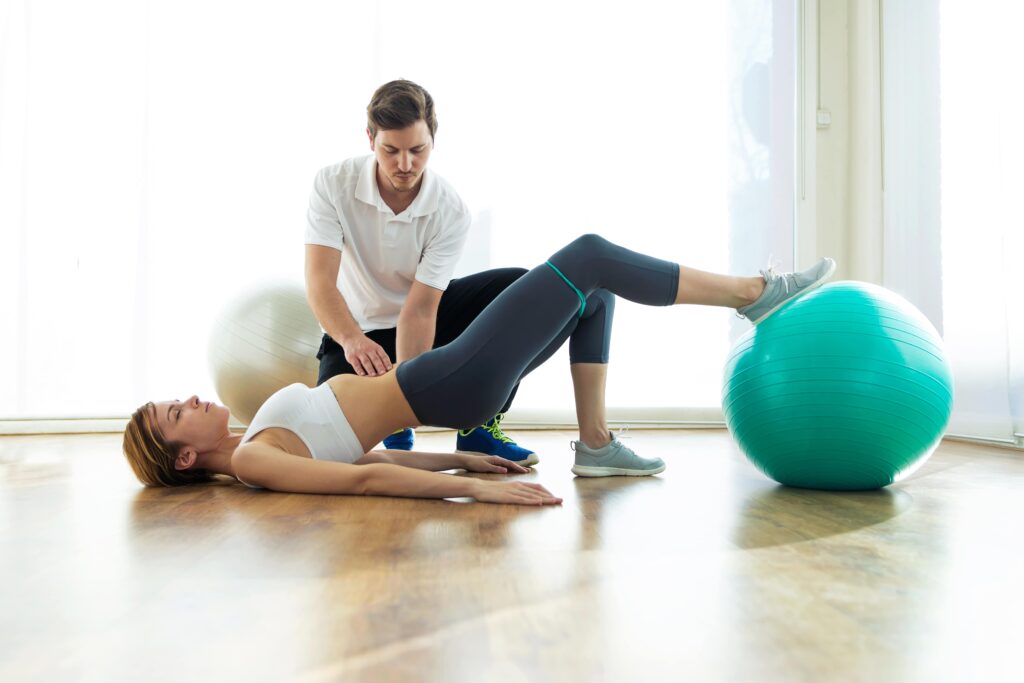
Consider a real-world example: the shoulder, particularly the scapula, requires both mobility and stability for proper function. Wall slides effectively restore mobility and stability to the scapula.
Increased instability in the shoulder can lead to a higher risk of recurrent dislocations due to laxity. When the subacromial space decreases, it can lead to shoulder impingement, further underscoring the importance of maintaining scapular stability.
Incorporating exercises like wall slides into an exercise program improves scapular stability and strength, reducing the risk of injury and enhancing overall upper body performance. This shoulder exercise is particularly effective for building strength.
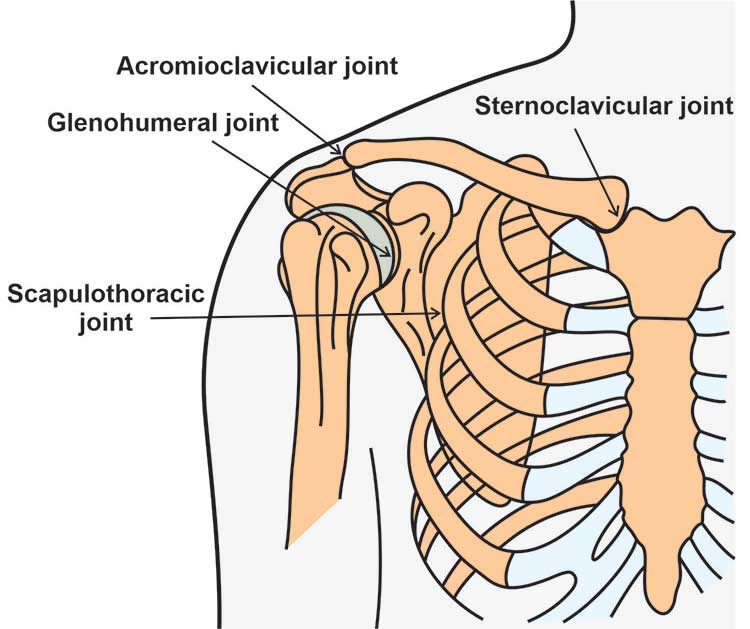
Many rehabilitation programs neglect stability or mobility work, focusing mainly on strength exercises. This oversight can lead to imbalances and increased injury risk. Pain or significant weakness can make stability exercises extremely difficult, leading to frustration.
Incorporating core stability exercises into training programs can reduce injury rates for athletes. An effective injury prevention approach consists of targeted core stability training focusing on muscle activation and balance.
As you age, stability becomes more critical than strength for several reasons related to maintaining independence, preventing injuries, and enhancing overall quality of life. While strength remains important, stability takes precedence in several key aspects:
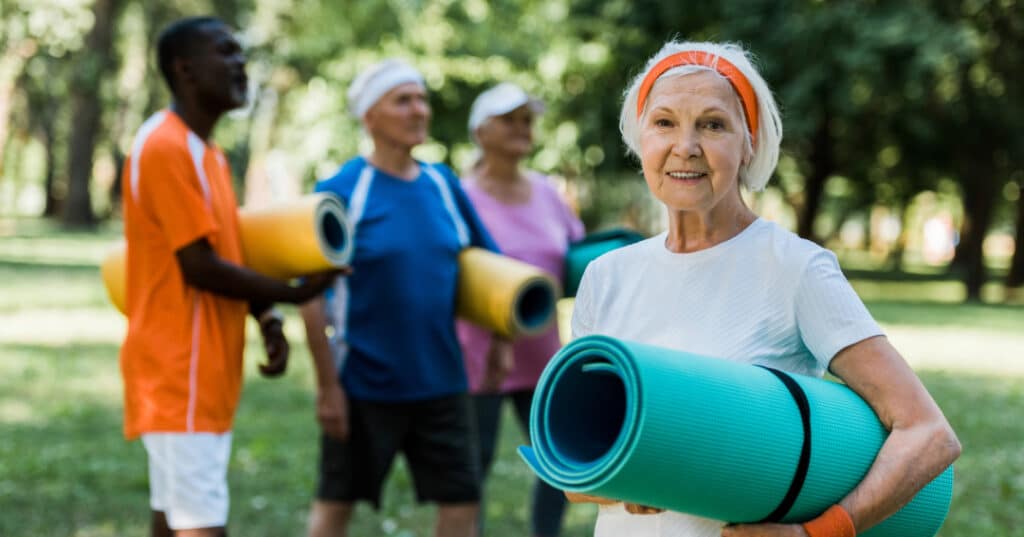
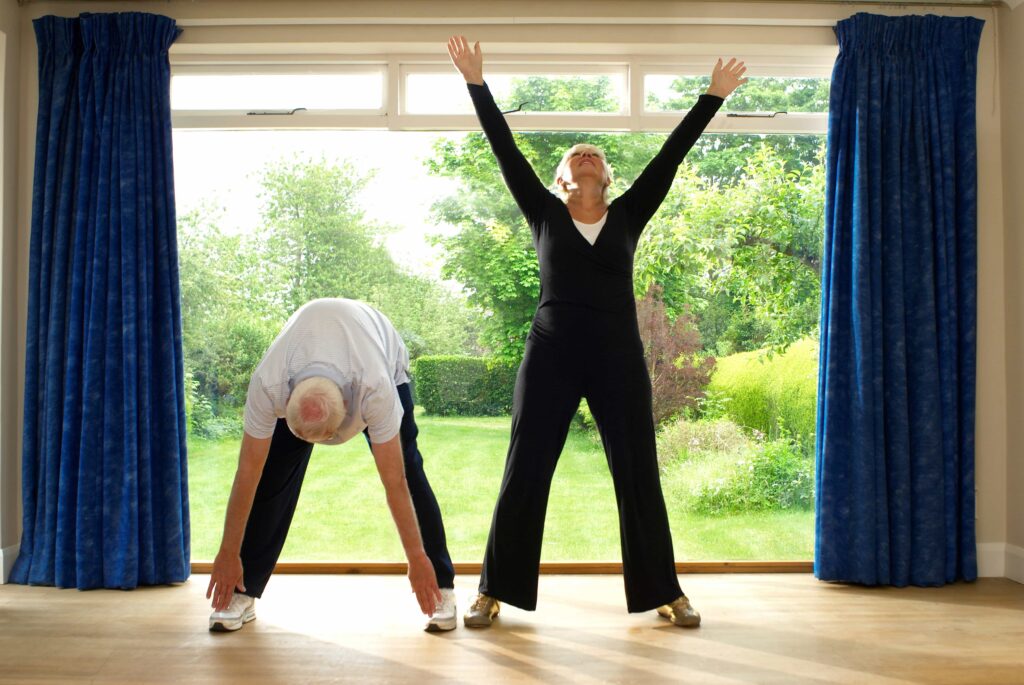
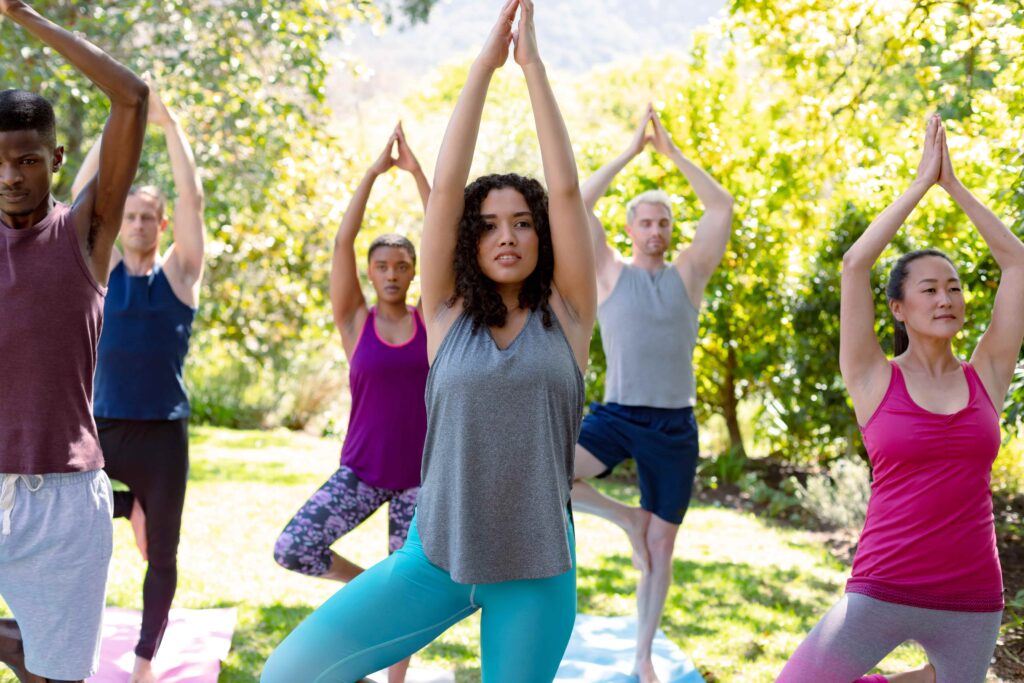
In summary, both stability and strength are essential for efficient and safe movement. Stability training enhances control, balance, and posture, while strength training builds muscle power and endurance. Together, they create a comprehensive approach to fitness that supports overall health and performance.
Stability becomes increasingly essential as we age because it directly influences our ability to stay balanced, avoid falls, perform daily tasks, and maintain independence. By focusing on stability, older adults can better protect themselves from injury, maintain functional mobility, and enjoy a higher quality of life as they age.
By understanding and integrating both stability and strength into your exercise routine, you can achieve a harmonious balance that optimizes your physical capabilities. Embrace the journey of combining these two elements, and you’ll reap the benefits of improved performance and reduced injury risk.
Forest Lodge, Annandale, Glebe, Leichhardt, Balmain, Haberfield, Canada Bay, Rozelle, Rodd Point, Wareemba, Stanmore, Petersham, Lilyfield, Hunters Hill, Enfield, Cabarita, Mortlake, Rhodes, Burwood Heights, Birchgrove, Gladesville, Huntleys Point, Abbotsford, Ashfield, Croydon Park, Croydon, Chiswick, Russell Lea, Burwood, Strathfield, Concord, Drummoyne, North Strathfield, Liberty Grove, Dulwich Hill, Lewisham, Camperdown, Ashbury, Homebush, Homebush West, Woolwich, Henley, Summer Hill, Sydney Olympic Park
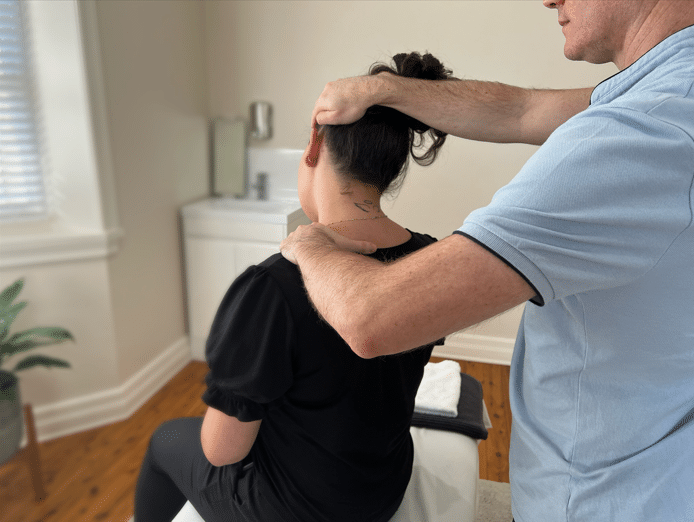

About
Five Dock Osteopathic & Chiropractic is located in Canada Bay, in Sydney’s Inner West. Servicing suburbs including Burwood, Croydon, Drummoyne, Five Dock, Haberfield, Concord, Abbotsford, Chiswick, Leichhardt, Wareemba, Russell Lea, Summer Hill, Strathfield.
Clinic hours
Monday, Tuesday, Thursday 7AM – 7PM
Wednesday, Friday 7AM – 6PM
Saturday 7AM – 2PM
Sunday 8AM – 2PM
Contact details